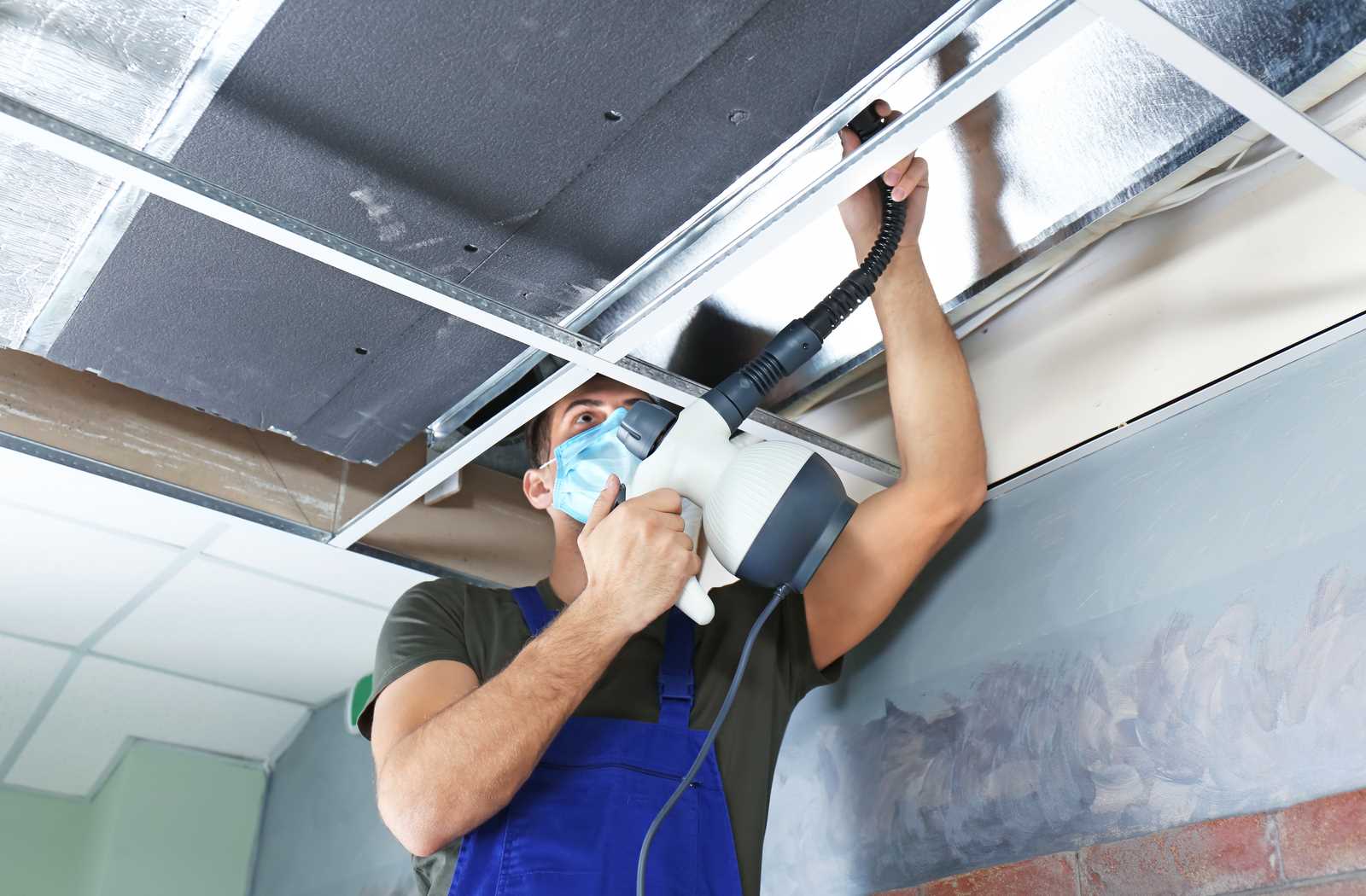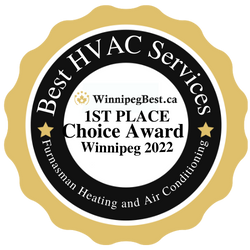How does duct cleaning work
Indoor air quality is a topic that is frequently overlooked but is critical. Many of us spend the majority of our time indoors, whether at home, work, or other indoor locations. However, at Furnasman Heating and Air Conditioning, we recognize that the quality of the air we breathe has a direct effect on our health and the health of our loved ones. That is why we are here to be your dependable partner in achieving superior indoor air quality and maintaining a healthier living environment by teaching you more about what duct cleaning is and how it works!
So, if you want to learn more about how you can improve the interior quality of your air at home, keep reading!
Does cleaning air ducts really make a difference?
Yes, cleaning air ducts can improve indoor air quality and the performance of your home's HVAC system. Air ducts can collect dirt, allergens, pet dander, pollen, mould spores, and various other pollutants each time you use your home's HVAC system throughout the year. When your heating or cooling system is turned on, these contaminants can travel throughout your home, possibly resulting in a number of problems:
· Improved Indoor Air Quality: Cleaning air ducts eliminates pollutants that have built up, which can lead to improved indoor air quality. Cleaner air is particularly crucial for people who experience allergies, asthma, or any other respiratory illnesses, as it minimizes their likelihood of activating symptoms.
· Health Advantages: By lowering the buildup of contaminants and irritants, regular air duct cleaning can lead to a healthier home environment. It may also aid in the prevention of the spread of bacteria and viruses that thrive in ducts and are then released into the air.
· Improves Your HVAC System: Dust and debris in the air ducts can obstruct the flow of air, requiring the HVAC system to work more diligently to preserve the wanted temperature. Clean ducts enhance airflow, which leads to increased system efficiency and lower energy bills.
· Odour Reduction: Lingering odours from cooking, pets, or other sources can get trapped in the ductwork. Cleaning the ducts can help remove these odours, resulting in a cleaner-smelling home.
· HVAC System Lifespan Increased: When ducts become clogged with dust and debris, HVAC system parts such as the blower motor and heat exchanger can suffer increased wear and tear. Regular air duct cleaning will make your HVAC system last longer and require fewer repairs.
As you can see, duct cleaning is absolutely essential to ensuring the overall health and well-being of your loved ones. As such, we recommend booking a cleaning appointment at least once every two years.
How messy is duct cleaning?
Here are some things to think about when it comes to the potential mess of duct cleaning:
· Initial Inspection and Setup: Before beginning the cleaning process, technicians will examine the ducts to determine their condition. Some dust and debris might get displaced throughout this phase, but professionals will take precautions to keep any mess to a minimum.
· Cleaning Procedures: To release and remove particles and dirt from the ducts, various methods, such as using industrial vacuums, air compressors, or agitation tools, are used. Some cleaning techniques may generate more dust and particulates, whereas others are designed to reduce airborne particulates.
· Measures of Protection: Reputable duct cleaning companies, like Furnasman, take steps to prevent a mess and safeguard your home throughout the cleaning process. They can drape furniture and floors near the vents with drop cloths or plastic sheeting. Furthermore, technicians will wear shoe covers to avoid tracking dirt into your residence.
· Debris Removal: Cleaning technicians will also collect and properly dispose of the removed particles, dust, and dirt from your home's air ducts. This typically occurs outside the house, so it does not contribute to the mess inside.
· Post-Clean Inspection: Following your duct cleaning, technicians will conduct an assessment to ensure that everything is in working order. During this stage, any remaining dust or debris will be removed so that your home is restored back to normal.
How often do you really need to clean your ducts?
Regular air duct cleaning is required to maintain a happy and healthy living environment. As a general rule, having your air ducts cleaned at least once every two years can significantly improve the indoor air quality and overall well-being of your home. However, specific variables in your home may necessitate more frequent cleaning.
1. Pets: Furry companions contribute to higher levels of pet dander, fur, and other contaminants. These particles can quickly enter your HVAC system and accumulate in the ductwork over time. Cleaning your air ducts on a more regular basis, such as each year or every 18 months, can help minimize the effect of pet-related pollutants, resulting in an improved atmosphere.
2. Large Family: Having a larger family means more activity around you, which produces more dust, dirt, and skin particles. Consider duct cleaning every 18 to 24 months.
3. Allergies and Respiratory Problems: People who have allergies or respiratory problems are more susceptible to indoor air pollutants. Cleaning the air ducts every 12 to 18 months is recommended.
4. Recent Renovations: If you've just finished a remodelling project, it's critical that you arrange a duct cleaning soon after to get rid of the contaminants that build up in the ductwork.
What to expect after duct cleaning?
Duct cleaning has a number of advantages, beginning with enhanced quality of indoor air through the elimination of dust, allergens, and irritants. You can expect a fresher, cleaner environment throughout your home once these contaminants have been removed from the ductwork. Furthermore, duct cleaning removes musty odours caused by mould or other encased particles, leaving your home fresh and enjoyable.
Aside from improved air quality, clean ducts improve HVAC system performance. Enhanced airflow results in better temperature control, making every room more comfortable. Lastly, less strain on the system may lower your utility costs and improve the life of your HVAC equipment!






